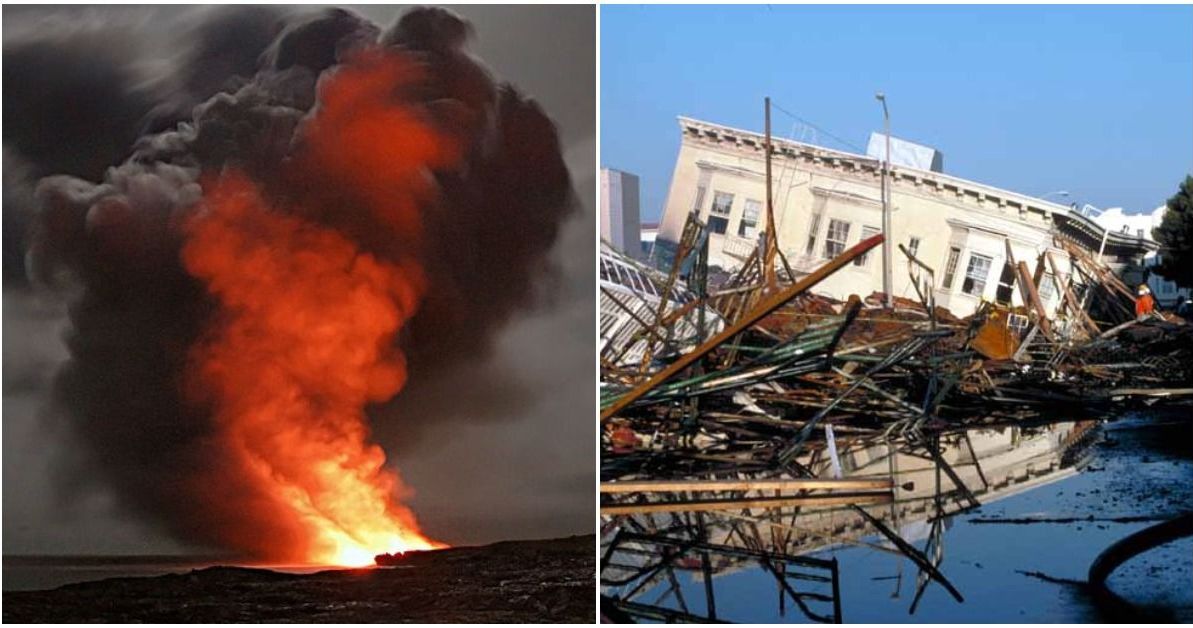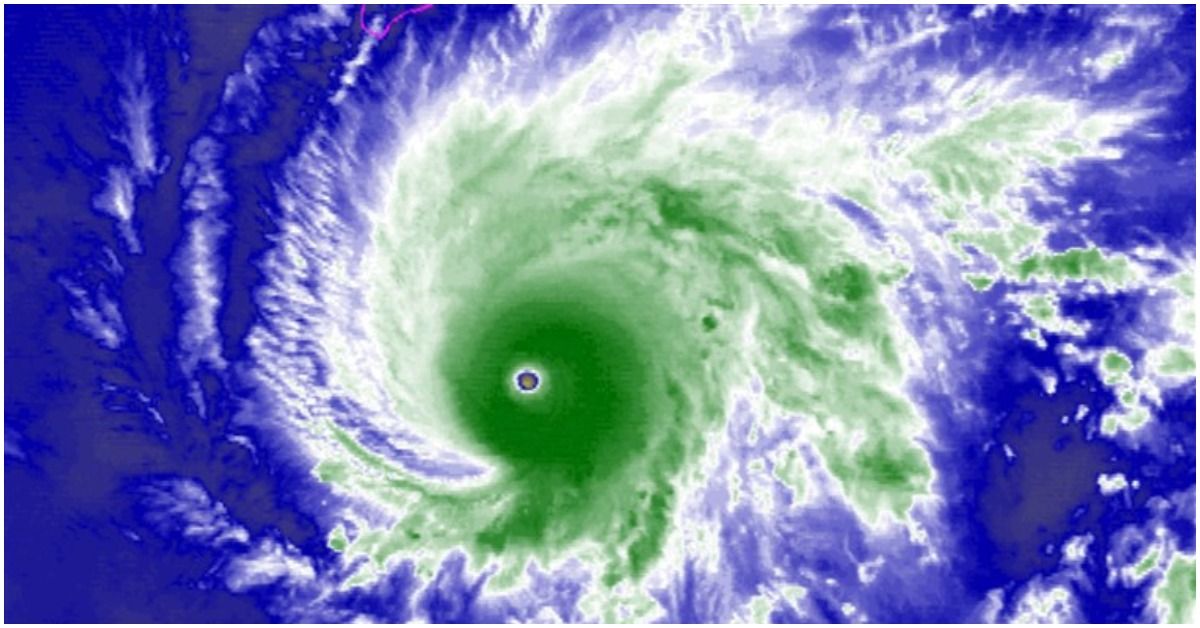If you've followed the news at all this year, you know that 2018 had seen plenty of natural disasters around the world.
The volcanic eruption that rocked Hawaii's Big Island is still ongoing, just "paused," and other volcanoes have erupted in the Philippines, Indonesia, and Guatemala.
Meanwhile, the past two weeks have seen a staggering number of earthquakes around the world.
Quakes measuring 6.0 on the Richter scale or higher - strong enough to damage buildings and be felt for hundreds of miles - have struck Venezuela, Alaska, Oregon, Vanuata, Indonesia, Fiji, and Panama in recent weeks.
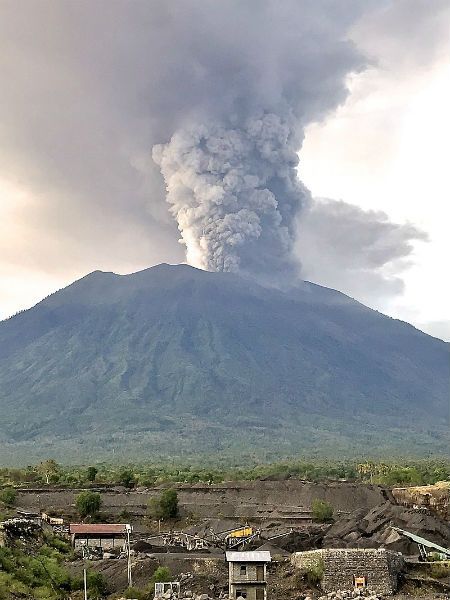
Some are convinced these disasters are a deadly warning - especially for earthquake-prone California. But what do they really mean?
The Ring Of Fire
To understand why these disasters have some concerned about a major earthquake in California, you need to understand the Ring of Fire.
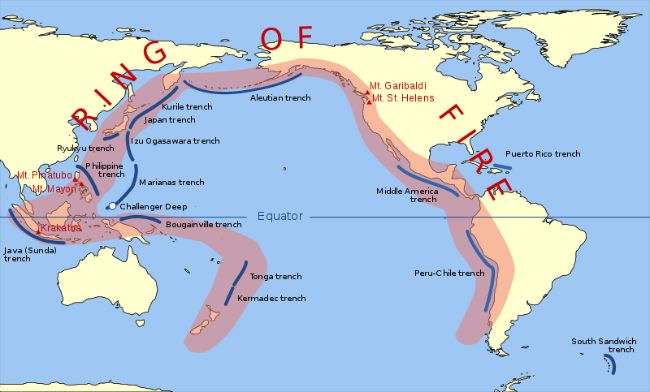
Earthquakes and volcanic eruptions are caused by the movements of massive tectonic plates inside the earth.
The areas where these plates meet - and crash against each other - experience more natural disasters caused by the movements.
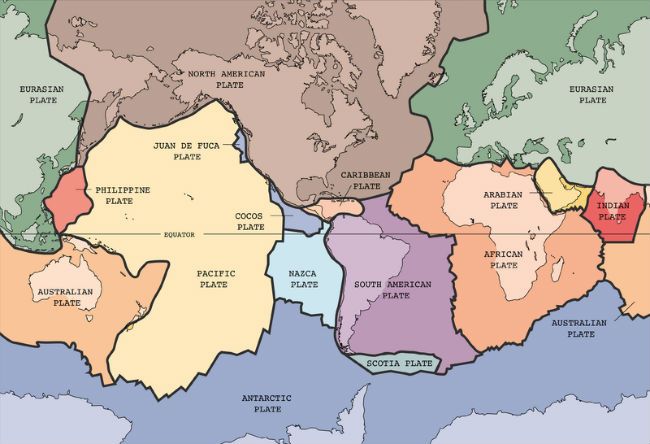
The edge of the Pacific Ocean Plate is known as the Ring of Fire, a 25,000 mile earthquake and volcano "hot zone" that snakes from Oceania through East Asia and Russia to the Americas.
According to the U.S. Geological Survey, 90% of the world's earthquakes happen along the Ring of Fire, and 75% of the planet's volcanoes fall in its path.
The Ring is also home to some of history's most powerful and deadly natural disasters, which is why experts are so concerned about California.
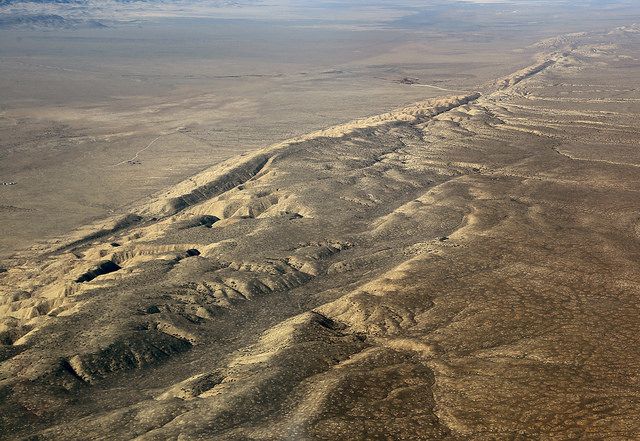
A massive fault line between plates called the San Andreas fault lies directly under the state.
Because earthquakes happen with some regularity (over hundreds or thousands of years) experts predict California is "due" for a massive quake nicknamed "the Big One" sometime in the next 30 years.

The state has already seen incredibly destructive events, including the 1906 earthquake which leveled 80% of San Francisco and killed more than 3,000 people.
A Serious Risk?
It's easy to get caught up in the doom and gloom of these predictions. But remember this: natural disasters are a fact of life.
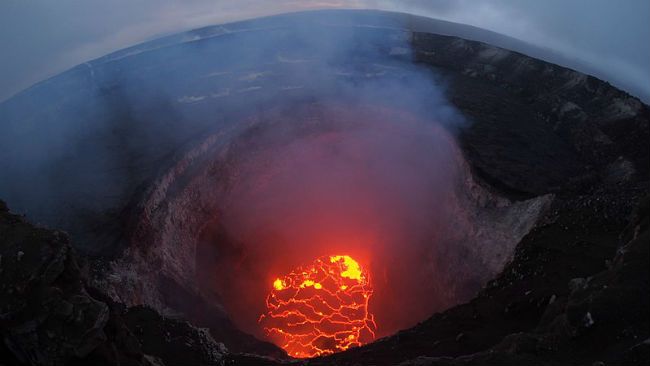
Take volcanic eruptions. They make headlines - especially when they cancel flights or destroy homes - but they're by no means unusual.
There are anywhere between 10 and 40 volcanic eruptions ongoing at any given moment.
Earthquakes are not exactly rare either. This online tracker shows big and small earthquakes happening around the world with regularity.
Most cause little to no damage, or take place deep underground or at sea, where they don't pose a risk to us.
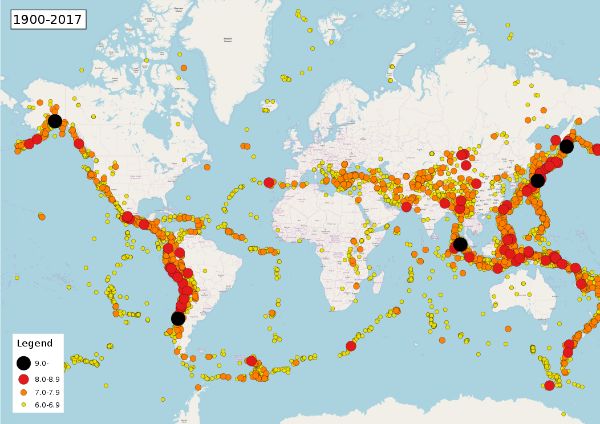
But the most reassuring fact of all is that the Ring of Fire is not "linked" the way we think it is.
Disasters caused by these massive plates are not related unless they happen very close together - volcanic activity in Fiji does not cause earthquakes in California, or vice versa.
While there's reason to be nervous about "the Big One" hitting California (in the next few decades) it's not helpful to try and guess a pattern that doesn't exist.
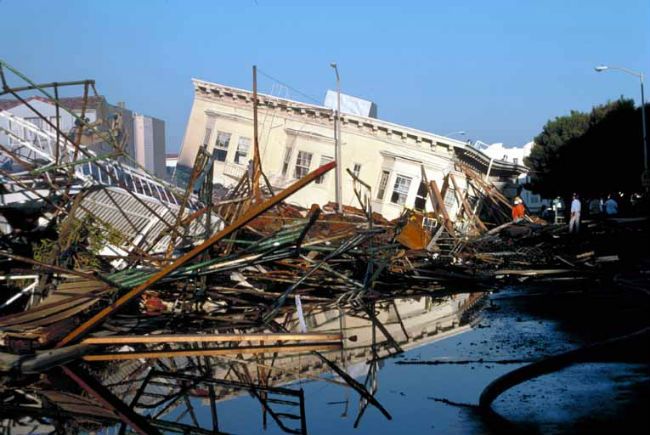
As seismologist Dr. Lucy Jones pointed out, many experts spent the summer worrying that the planet was in an "earthquake drought," which meant more powerful disasters were coming.
"For the last couple of months, people have been worried that the world wasn't having enough quakes," she wrote on Twitter.
"Now people are worried we are having too many. Human beings continue to try to make patterns in random distributions and ascribe meaning to those illusory patterns."
Translation: don't read about a quake on the other side of the world and jump to the conclusion that one will happen in your state any time soon.
Do you feel relieved now? Or are you still worried about a major earthquake?
[H/T: Vox, IFL Science, Fox News]
